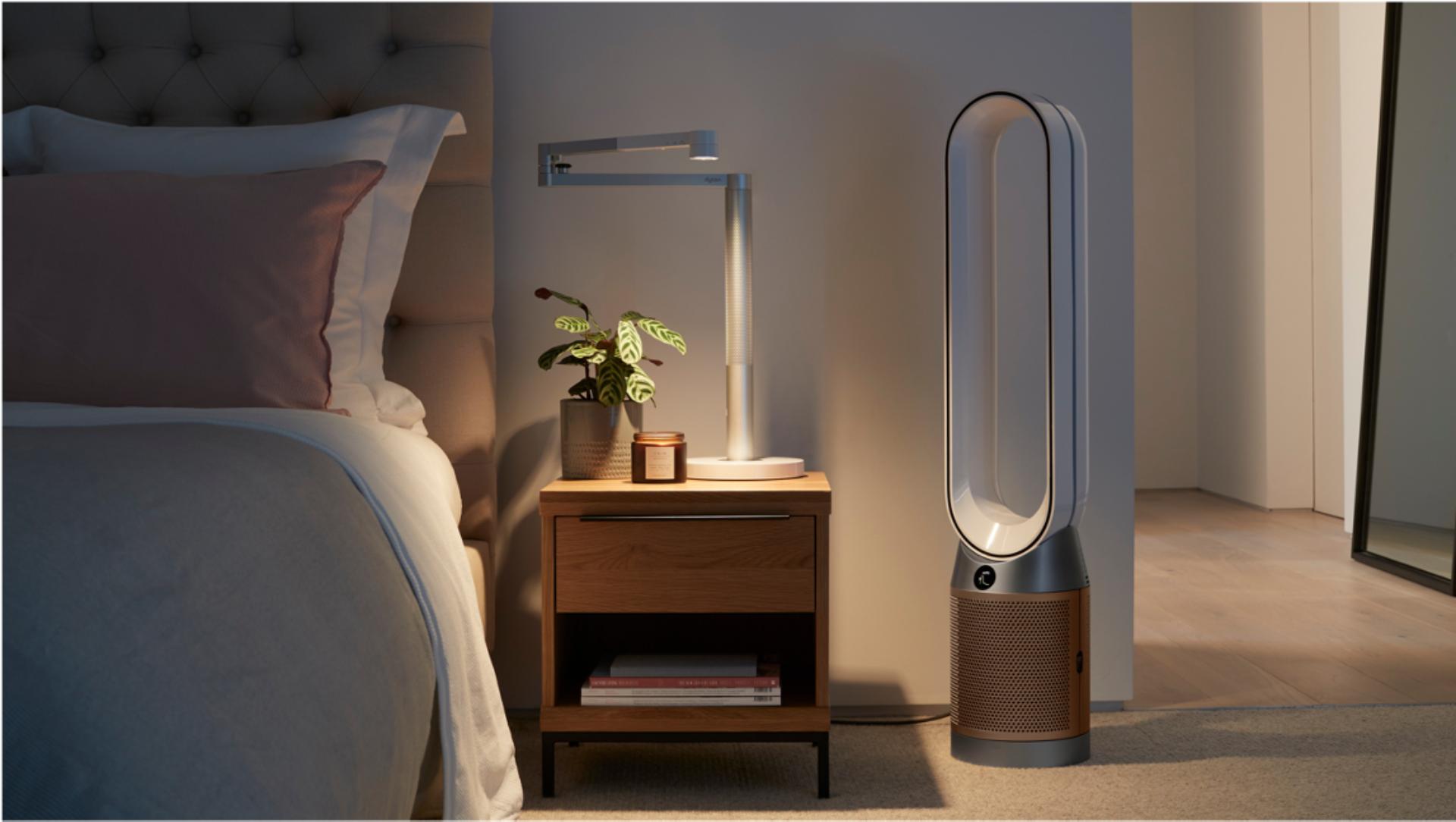
How to choose an air purifier
Purifiers come in various shapes and sizes, remove different kinds of air pollutants in your homes, come with an array of specifications, and offer different features. To help you decide on what purifier to purchase, here are three areas to consider.
17 January 2022
1. Intelligent Sensing
Some purifiers offer sensing capabilities and are smart enough to respond by purifying the air automatically when pollutants are detected. To be able to sense, a purifier needs on-board air quality sensors. It should also have software and electronics that will allow it to process that information, and react intelligently to purify the air.
In real life, the only way to truly know how well an air purifier is working is to monitor the air quality. Some machines also come with digital displays that show the live indoor quality, and even the types and concentration levels of particles. This enables the user to understand air quality trends in their homes better.
-
.jpg?$responsive$&cropPathE=desktop&fit=stretch,1&wid=1920)
-
The latest range of Dyson Purifier Cool range is designed to capture ultrafine dust and allergens, even destroying potentially dangerous VOCs including formaldehyde1. These purifiers have a unique algorithm that diagnoses pollutants at a molecular level from on-product sensors – reacting to purify and display live air quality to the Dyson Link app and the LCD in real time.
Some formaldehyde sensors are gel-based, which can dry out over time, causing the precision and performance of the sensor to deteriorate. Dyson’s formaldehyde sensor is solid-state, and so doesn’t dry out, lasting the lifetime of the machine. Its intelligent algorithm precisely senses formaldehyde levels without confusing it with other VOCs.
2. Capturing: Efficient Filtration
There are multiple methods of filtration in purifiers to consider. Here are four examples.
-

-
1. Ultraviolet light uses electromagnetic radiation to destroy bacteria, viruses and mould. However, it does not remove dust, allergens or particles in the air.
2. Activated carbon filters react chemically with pollutants to clear smoke, odours and gases from the air, but alone do not filter out harmful fine particles.
3. Air ionisers work by sending out a stream of charged ions to attract dust and allergens. However, they can produce ozone as a by-product. Ozone is a respiratory irritant, and a component of smog2.
4. HEPA purifiers work by trapping pollutants and fine particles of different sizes. These include pollen, bacteria, mould, dust mite debris and pet dander. They do not however, remove volatile organic compounds such as formaldehyde, benzene or Nitrogen Dioxide. It is also worth noting that not all HEPA filters are created equal. Some are able to capture ultrafine particles, while others do not.
Some purifiers combine HEPA filters with activated carbon enabling them to remove both particulate matter and volatile organic compounds.
Particles come in a range of sizes. The most commonly measured size is 2.5 microns. Particles of this size are referred to as PM2.5. Comparatively, PM0.1 is much smaller. Known as ultrafine particles, if PM0.1 is inhaled deeply into the lungs, it could potentially produce a host of harmful effects3. Some purifiers can capture particles down to PM2.5, while others go beyond, and can trap particles as small as PM0.1.
In Dyson’s latest generation of purification machines, Dyson engineers have re-engineered the machine airflow pathways to achieve fully-sealed HEPA 13 standard filtration – not only ensuring that no air bypasses the filter, but blocking any potential leak points through which dirty air might enter the airflow. This means Dyson’s latest purifiers remove 99.95% of particles as small as 0.1 microns4.
In addition to the existing particle, NO2, VOCs, temperature and humidity sensors, the integration of an intelligent formaldehyde sensor ensures precise sensing of the pollutant for the lifetime of the machine. Dyson’s Selective Catalytic Oxidisation (SCO) filter continuously destroys formaldehyde at a molecular level5.
3. Projection: Whole-room Mixing and Circulation
Finally, projection is an important consideration. Aside from sensing and capturing pollutants, some purifiers can help circulate purified air across the room. This can help in situations where purifiers are placed in the far corner, or the far end of a room.
Dyson purifiers feature Air Multiplier™ technology and an expanded 350° oscillation, allowing it to draw in distant pollutants and project purified air throughout the room6, which ensures proper and uniform purification. The unique and new diffused mode allows for purified air to be projected towards the rear of the machine as opposed to the front, which is a highly relevant feature for times when you don’t want the airflow to be directly blowing on you.
What test standards to consider
Purifiers come in many shapes and sizes, from whole-room and personal to portable purifiers. Dyson air purifier fans are engineered to work in real homes. That’s why we developed our POLAR test. Based on a larger room size of 81m³, nine different sensors continually collect air quality data throughout the entire room. Ensuring purified air is evenly distributed to every corner.
Learn more about air purifier testing methods here.

[1] Third party full machine testing based on GB/T 18801-2015 formaldehyde cumulative clean mass testing with continuous injection until plateau of formaldehyde CADR is achieved. Results may vary in practice.
[2]Zhao P., Siegel JA., Corsi RL. 2005. “Experimental characterization of portable ion generators,” Dept. of Civil, Architectural, and Environment Engineering, The University of Texas, Austin, TX, USA 78712-1076
[3] Kampa M, Castanas E. Human health effects of air pollution. Environmental Pollution. 2008;151:362–367.
[4] Tested for filtration efficiency at 0.1 microns (EN1822, ISO29463).
[5] Third party full machine testing based on GB/T 18801-2015 formaldehyde cumulative clean mass testing with continuous injection until plateau of formaldehyde CADR is achieved. Results may vary in practice.
[6] In maximum setting. Tested for air projection (DTM 801) and purification coverage in a 81m3 room (TM-003711).
Heidy Tang
Email: heidy.tang@dyson.com
